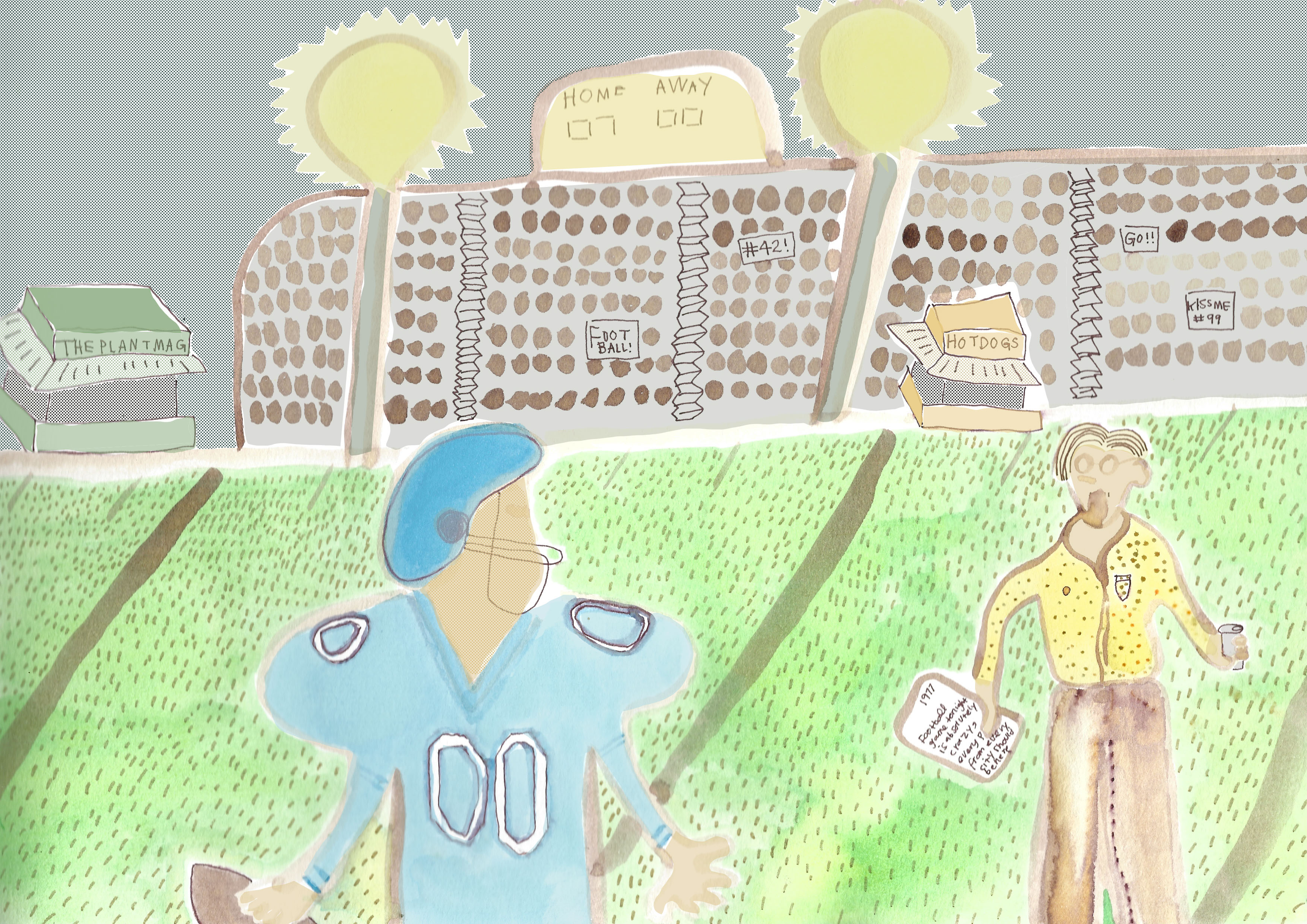
By Liam Britten, Contributor
George Norris was not a bitter man.
But when the sculptor’s greatest work, a graceful, 13.4-metre stainless steel abstract, was removed from its place outside Pacific Centre and destroyed by city workers, it affected him deeply.
Norris, who died last month at the age of 84, is remembered for sculptures like The Crab outside the H.R. MacMillan Space Centre, the concrete frieze on Postal Station D on Pine Street, and The Swimmer at the Vancouver Aquatic Centre.
But son Alexander Norris, a Montreal city councillor, remembers the motivation behind his father’s art: enriching public spaces at a time when cold functionality was the order of the day.
“I think it was one of his most beautiful pieces,” Alexander said of the Pacific Centre sculpture. “It saddens me to this day that it was taken away and destroyed. But it did, while it was there, provide something of beauty for passersby to appreciate in an otherwise gloomy and oppressive intersection.”
Norris’ vision ran contrary to the minimalist values of his 1970s contemporaries. He felt these values were alienating and inhumane, and cities that used it as their design philosophy were building for cars, not a public made of human beings.
Pacific Centre embodied everything that was wrong about these values.
The LA vision of Vancouver
Pacific Centre was the result of a redesign of the corner of Granville and Georgia, and it took away everything Norris loved about a once vibrant intersection: theatres, neon lights, shops all within easy access for pedestrians.
Now, the shops were underground. The open spaces were shaded by a pair of massive, dark, glass-and-steel towers and the massive white wall of Eaton’s replaced the theatre and shops on the west side of Granville Street.
“Entrapment and gloom” were what people felt as they walked by, Norris wrote. Ignored were pedestrian flow, light, airflow, and even a sense of freedom and movement that vibrant public spaces demand.
“My father had enormous frustration with [Cesar Pelli], the architect involved in that project,” Alexander recalled. “I think it’s interesting because there’s a new appreciation that such architecture is highly inappropriate for urban settings. When we think about the streetscapes, I think time has vindicated my dad and his vision more than Cesar Pelli’s.”
After meeting with Pelli in Los Angeles, Norris was invited to propose a sculpture concept for the intersection.
An intersection for the people
Norris wanted to make the intersection inviting to human beings once more with this sculpture. His proposals called for a sculpture, a fountain, canopies, planter boxes, seating—things that would encourage passersby to stay a moment—but only the sculpture and fountain were approved.
The abstract sculpture, unnamed, as was Norris’ style, stood 13.4-metres tall and was made of stainless steel. It evoked a dancer’s physique, graceful and lithe. It reflected West Coast aboriginal art and natural patterns of growth.
Norris wrote in a letter that the sculpture was full of “actual and implied tension”: actual tension in the bronze struts emanating from a central hub, and implied tension between the public and private nature of the space that contained it.
George Rammell, a sculpture instructor at Capilano University, called the work “unmistakably the greatest sculpture of its time.” He helped fabricate the piece and said it was the culmination of Norris’ lifetime of expertise brought to bear on a singular work.
“That piece was designed for that site, a glass canyon, very windy because of the different heights of the towers,” he said. “The wind catches and swirls around in there. So Norris was responding to the wind currents, the vertical nature of the glass towers around it.”
From 1974 to 1988 it stood in the spot it was painstakingly designed for. Then it was taken down by Pacific Centre owners Cadillac Fairview so they could fit another enclosed structure in its space.
$50,000 of scrap
To Rammell, it was obvious the managers at Cadillac Fairview had no idea that they destroyed the context of the statue when they gifted it to the city of Surrey.
“The problem I have is bankers or whoever, think the sculpture doesn’t belong here anymore, so send it over there and it’ll be fine over there, which is bullshit,” he said. “You put that in a mall in Surrey and it’s silly. The whole idea was so bizarre. They lost a piece of national treasure status by moving it out of there.”
For eight years, the sculpture was in limbo in the hands of the city of Surrey.
Then, in 1996, it was reported that the sculpture had been destroyed. It was scrapped and sold for $50,000 to a metal dealer.
The city said it was mistaken city workers who destroyed it. The workers’ union blamed a mid-level manager. Norris considered it “unproductive” to assign blame, he wrote in response to a letter of apology from Surrey’s then-mayor, Bob Bose.
He spoke bitterly to newspapers, though, telling the Vancouver Sun, “Vancouver chews us up and spits us out.”
He lamented the year of “difficult and frustrating labour” spent in scaffoldings of foundries in False Creek and Coquitlam crafting a sculpture he likened to one of his children.
New home, same ideals
George Norris never again worked on public art in Vancouver. He was tired of the proposal process, the revisions, the rejections.
“Certainly that whole experience maybe underlined his disillusionment with the whole competition process and doing public art, but I wouldn’t try to claim that because this happened he stopped doing art or it discouraged him,” Alexander said of his father.
He moved to Shawnigan Lake, on Vancouver Island, and he continued his work to enrich public spaces.
He collaborated with the architect of Shawnigan Lake’s community centre in the 1990s and invited the townspeople to contribute decorative artwork for the building.
Together, they crafted a public space in the truest sense of the word—one that still stands to this day.
People for Kerrisdale, Kerrisdale for the people
Alexander Norris remembers when George and his wife, Phyllis, saw a desolate street north of 41st Ave. in Kerrisdale during the 1960s.
The City of Vancouver never planned to beautify that street, but it was beautified nonetheless.
The Norisses and their neighbours blocked off the intersection, near the commercial heart of Kerrisdale, and worked to make it a more inviting public space.
“They got planters and painted old furniture and they re-claimed, in a way, the street for the people,” Alexander said.
Like Pacific Centre, the re-decorated street off 41st Ave. no longer bears the mark of George Norris.
But its creation in the first place showed George Norris’ commitment to enriched public spaces—both through his art and his actions.




